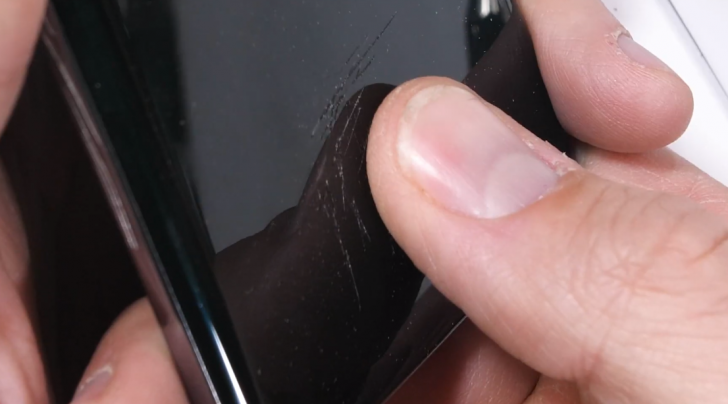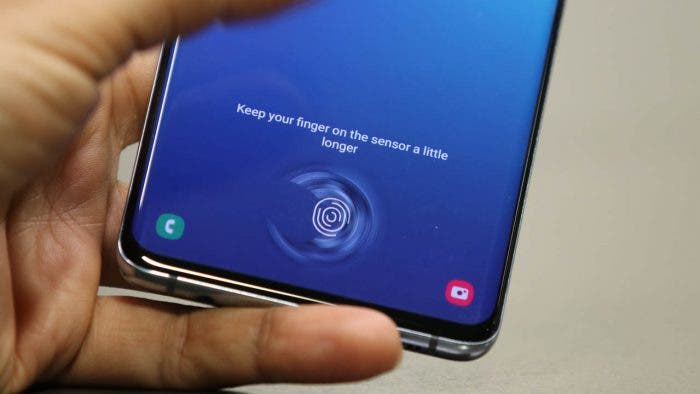2019 was the year in which we witnessed the disappearance of traditional fingerprint sensors, in favor of those positioned below the display (ultrasonic fingerprint and optical sensors). Of course, there are still several models that take advantage of tradition sensors on the side or at the rear. But these solutions are becoming increasingly rare, especially now that even mid-range devices manage to integrate a sensor below the display without too many problems.
Most of these are optical (ie based on a high-definition camera that captures a photo of the fingerprint), while Samsung has chosen to rely on Qualcomm’s ultrasound technology on its flagship smartphones, leaving the optical ones to be installed on the medium range.
However, it seems that the South Korean manufacturer is ready to review this decision, at least according to some South Korean sources.
Samsung Galaxy S10 had problems with the ultrasonic fingerprint sensor

It seems that Qualcomm’s promise of a safer and more reliable sensor. Compared to optical solutions that was not at the level of aspirations. The Galaxy S10 does not offer a good unlocking experience. But it was the technology behind this sensor that caused a critical bug that required an emergency patch. So that it could be used again for authentication on the app banking and much more.
In short, it is likely that Samsung wants to close this experience here and that in the future. Optical sensors may be the only ones to land on its flagship phones. In any case it is not yet the last word. Qualcomm is, in fact, ready to present its second-generation ultrasonic solution. And this should occur in conjunction with the December announcement of Snapdragon 865. So we cannot yet say with certainty what the technology that we will find under the display of the Galaxy S11 and its variants.





